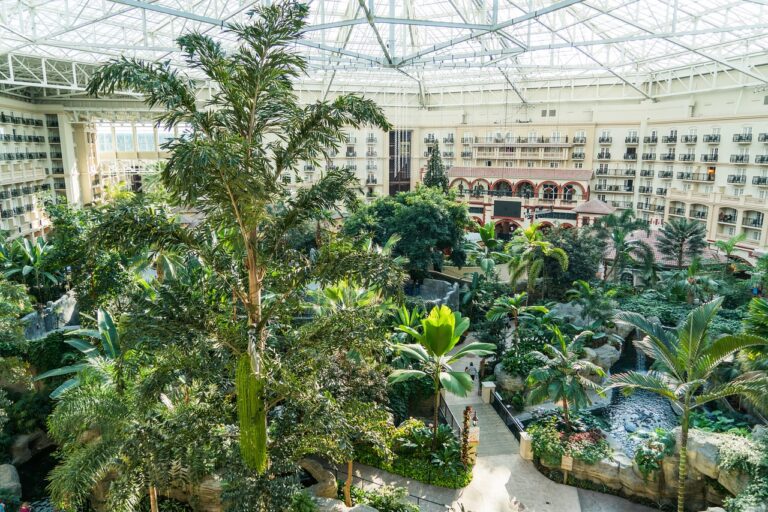Nowadays, man seems to have realised that every aspect of his development and growth cannot be seen as independent from his surroundings. An example of this is green building.
Perhaps it is true that one cannot look to the future without resting on the solid foundations of the past. And it is precisely in the balances of the past and, in a certain sense, in the return to nature that the modern human being has found inspiration to build his tomorrow.
Renewable energies, new energy management philosophies, recyclable materials, zero-impact buildings. It is precisely in this ‘green’ vein that the discipline we would like to talk to you about today is grafted: green building.
We will start with its definition, then list its principles, the materials used in construction, and finally draw up a list of pros and cons.
Table of Contents
Green building: definition and meaning
The term green building, or bio-architecture, is used to indicate certain ways of designing, constructing and managing a building. This, aimed at preserving the environment by reducing the negative impact on it.
It is therefore a matter of constructing, renovating or converting a building element in the most ecological and sustainable way by aiming to integrate systems or installations that exploit clean energies, using materials and construction techniques that lead to the creation of a true integration between the building, its inhabitants and the environment that hosts it.
The main principles of green building
Already from its definition it is easy to understand what principles and philosophies inspire green building constructions:
- an integrated approach, which requires that the entire team involved in the realisation of the work (from the architect to the builder) is competent in the field, and is familiar with the various possible construction solutions, materials and sustainable building techniques;
- consideration of geographical constraints, which requires building taking into account the characteristics of the terrain and landscape to ensure that the building is compatible with its surroundings, that it makes the best of it without having a negative impact or upsetting its balance;
- the choice of materials, which is also a function of geographical constraints and suggests the use of some rather than others. In this way, so-called thermal bridges can be avoided and the building can also be optimised from other points of view, such as durability or acoustics;
- energy performance, i.e. the significant reduction of the building’s energy requirements and energy consumption, through installations or clean energy sources that reduce both the pollution emitted by the house and its maintenance costs;
- the health and comfort of the inhabitants, because a building that respects all the canons of green building must also aim at the thermal, acoustic, visual and hygrothermal wellbeing of the people who live in it, ensuring them good water and air quality and protection from electromagnetic fields, humidity and other factors.
Eco-sustainable building materials
The choice of materials plays a role of primary importance in all construction work of this type. The bio-architect who designs an ecological house knows well that natural resources are not inexhaustible. Consequently, it opts for the choice of eco-materials derived from renewable sources. Whose production does not result in energy waste, that are not toxic to humans, and whose eventual disposal does not harm the ecosystem.
In part, these are materials that humanity has always used since the beginning of time, in part materials that are the result of innovative technologies and the recycling of raw materials. Here are a few examples:
- straw;
- wood;
- cork;
- chalk;
- hemp fibre;
- bamboo;
- jute fibre;
- wood-cement;
- mineralised wood fibre;
- expanded clay;
- expanded lime.
Pros and cons of green building
The time has come to draw conclusions and make a clear list of the advantages and disadvantages of sustainable and environmentally friendly building.
Let us start with the advantages, they are:
- energy saving;
- water saving;
- good air and water quality;
- comfort for users;
- zero impact on the environment;
- tax incentives and deductions.
Against this, there are disadvantages arising from the fact that, despite the deductions, construction costs are high. And, unfortunately, the network of professionals and the related market is not yet well established in some countries.
However, the latter is a disadvantage that will become less and less influential. Due to people’s awareness of the subject, the development of the circular economy, but above all because the major professional orders have begun to promote and accredit initiatives and activities related to the principles of green building.
Seminars, conferences, and training courses will make our professionals more and more equal to the demands. And eco-sustainable construction will become an increasingly tangible reality.
Read also: Are tiny homes the future of sustainable housing in urban areas?












